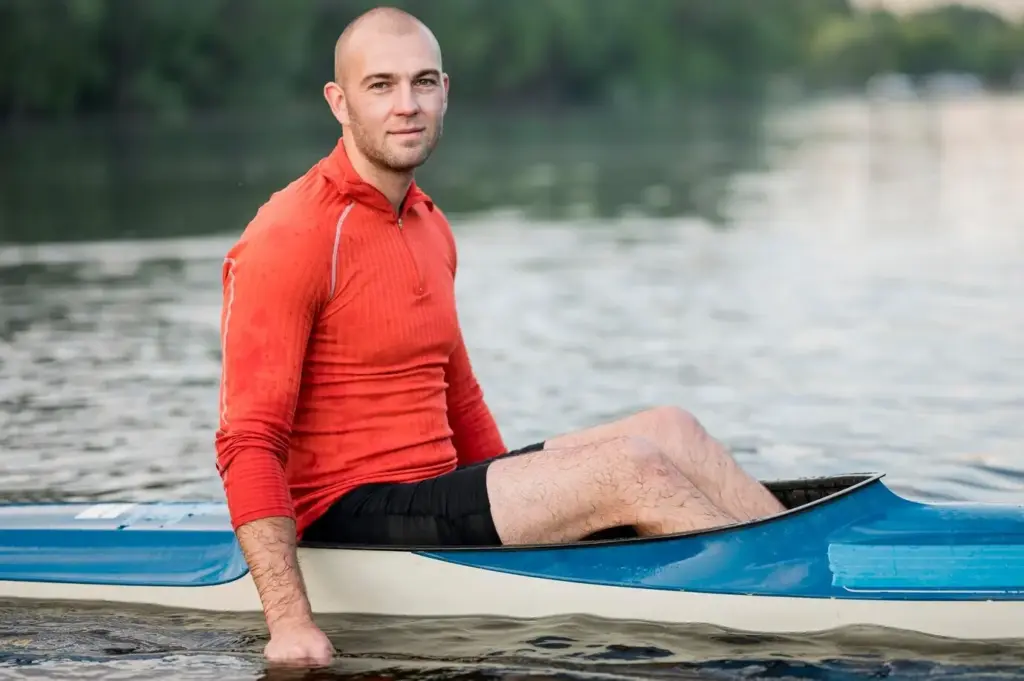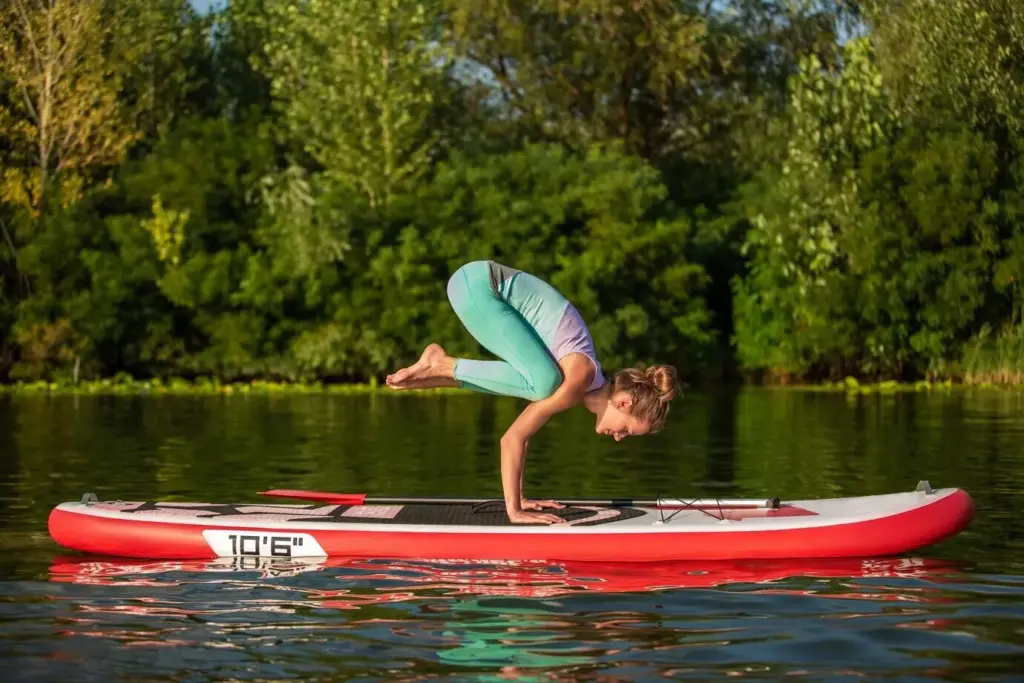Your First Confident Strokes: Balance, Flow, and Control
Begin your paddling journey with clear, actionable guidance designed for first-time kayakers and stand‑up paddlers. Today we explore paddle stroke mechanics and balance techniques for beginners, blending simple drills, memorable cues, and small victories that steadily build stability, efficiency, and joy on calm water and beyond.
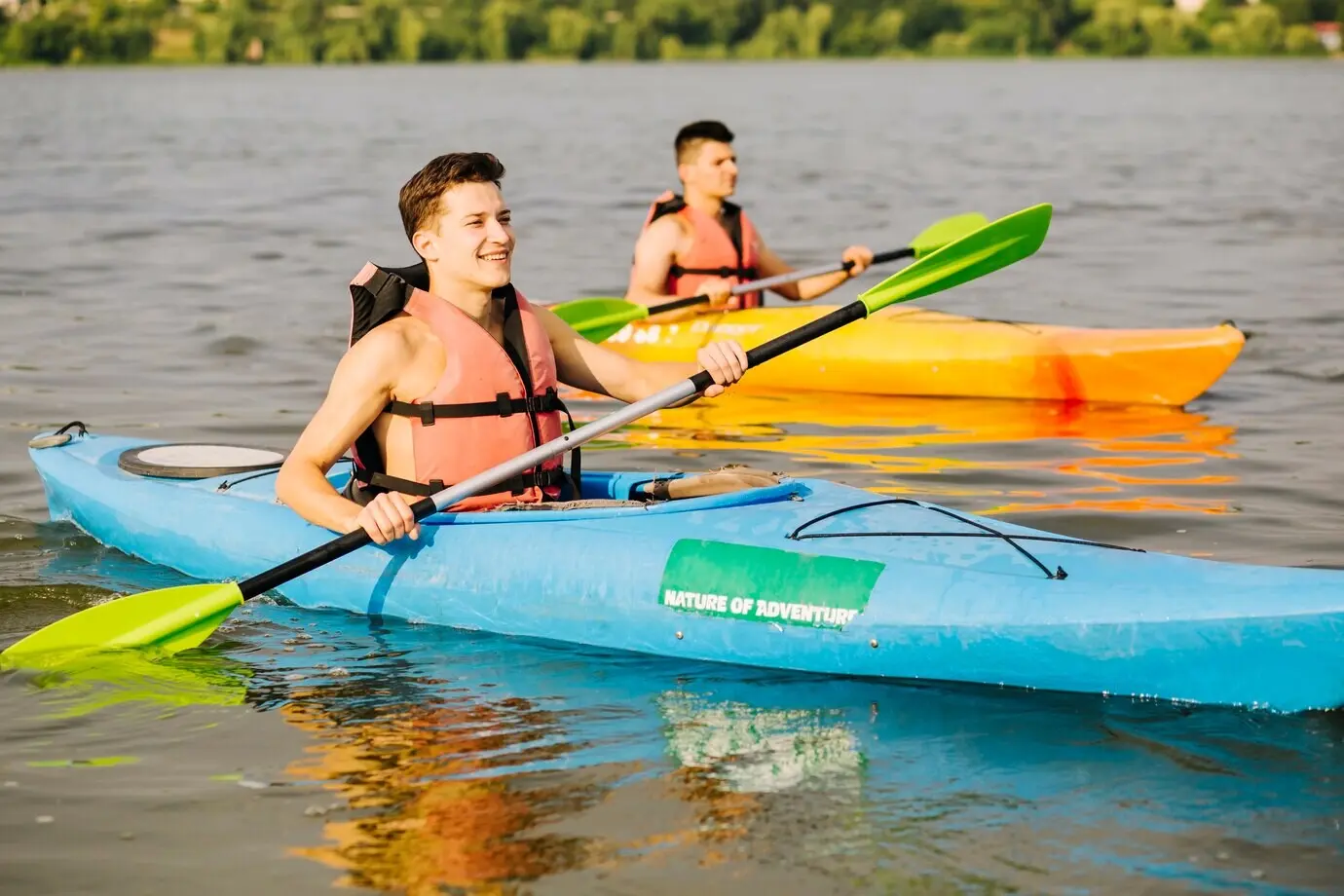
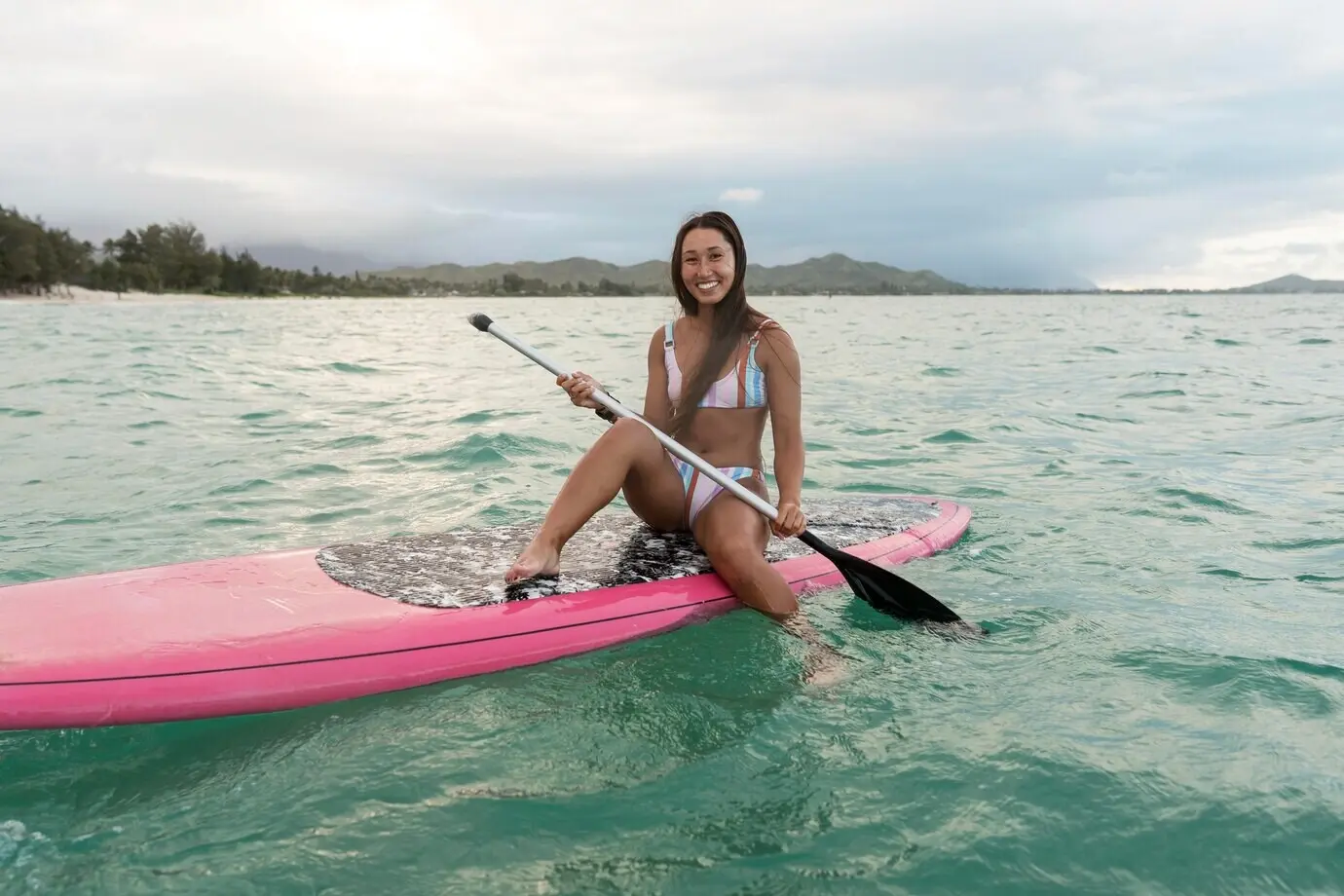
Posture, Grip, and Setup That Keep You Upright
Neutral Spine, Engaged Core
Sit or stand tall as if a string gently lifts your crown, then soften your ribs and breathe wide into your sides. Keep your core engaged without clenching. This balanced posture stabilizes the hull or board, steadies your gaze, and frees your arms for smooth, efficient movement over longer sessions.
A Gentle, Effective Grip
Hold the paddle like a friendly handshake, not a vise. Relaxed hands transmit feel from blade to body and keep your forearms fresh. Align knuckles with blade orientation, wrists neutral, elbows soft. This light, intelligent grip invites better feedback, steadier balance, and confident corrections before wobbles grow into splashes.
Trim, Footwork, and Contact Points
Distribute your weight so the hull or board rides level, then fine‑tune by moving hips or feet a few centimeters. Use thigh braces, footpegs, or deck stance lines as steady anchors. Clear contact points amplify control, helping you sense tiny shifts, react early, and glide straighter between intentional steering strokes.
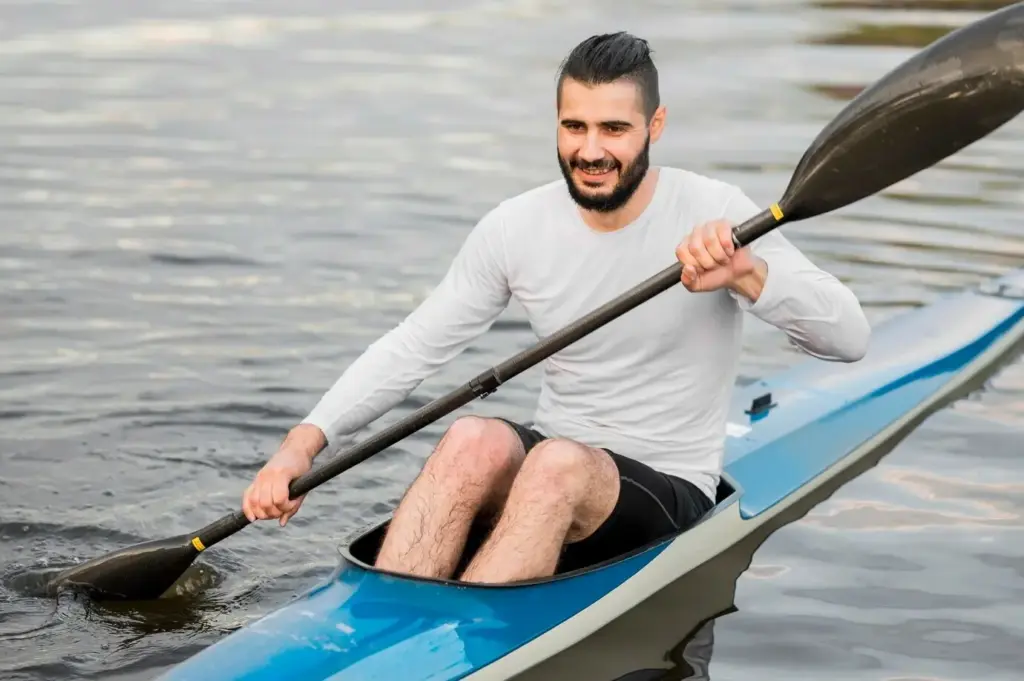
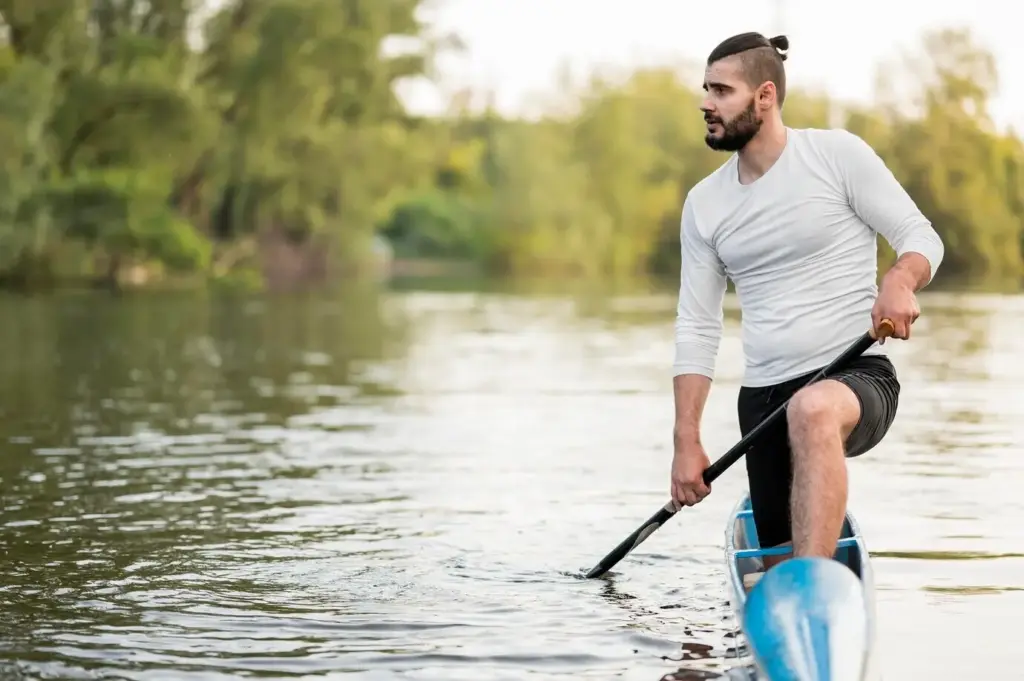
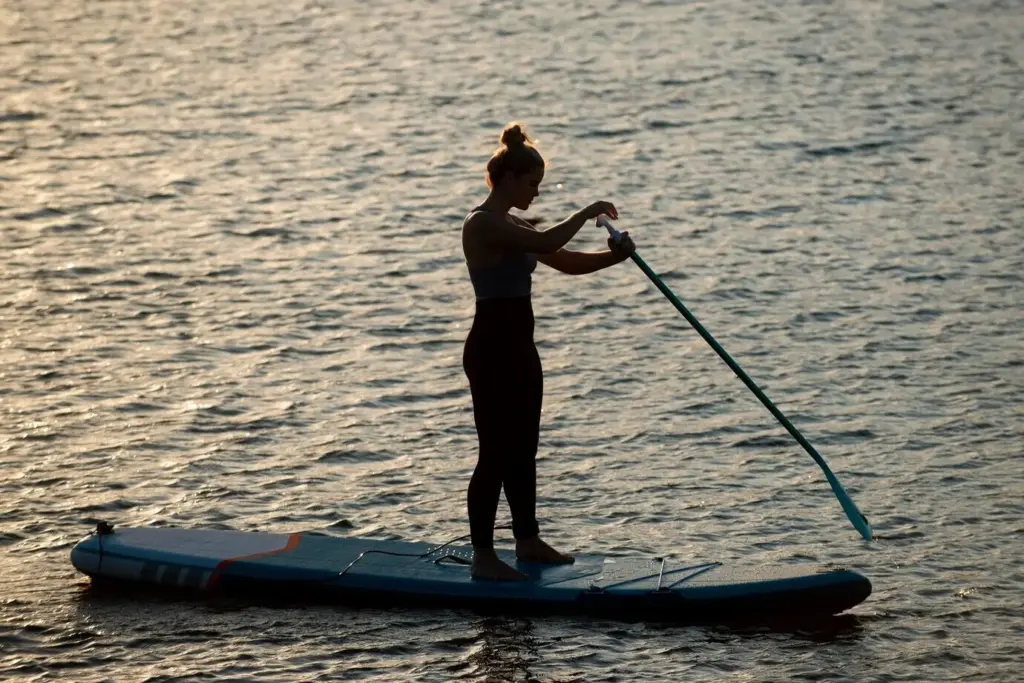
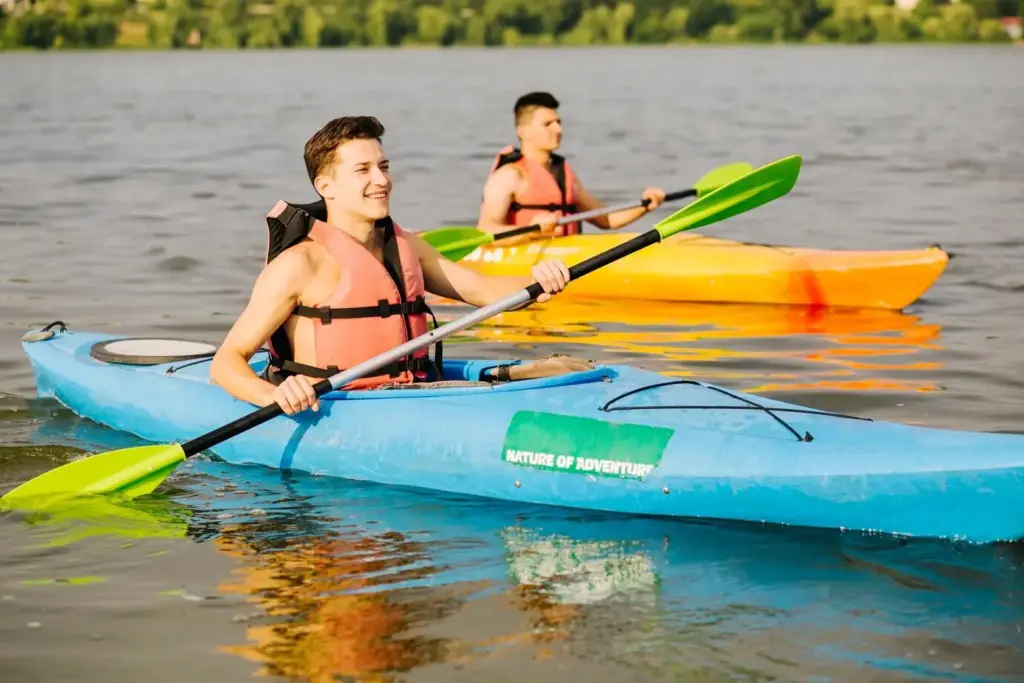
Forward Stroke: From Quiet Entry to Clean Release
The forward stroke is a chain of small, precise moments working in harmony. A quiet entry sets the tone, rotation powers the glide, and a clean release keeps momentum alive. Learn each link, then blend them into rhythmic, repeatable movement that feels fluid, stable, and surprisingly effortless across varying conditions.
Balance and Bracing Without Fear
Balance grows from trusting small edges and timely support. Learn to feel the hull’s sweet spot, then add simple braces that act like training wheels you can deploy in a heartbeat. With practice, wobbles transform into confident adjustments, and splashes become rare lessons instead of unexpected endings to promising sessions.
Steering Made Simple: Draws and Sweeps
Turning doesn’t need force; it needs space, rotation, and patience. Wide arcs and calm posture keep balance intact while the blade guides the bow. Learn how sweep and draw variations steer without stalling the boat or board, letting you place each correction between forward strokes for clean, predictable tracking everywhere.
Rhythm, Breathing, and Endurance
Smooth cadence anchors balance and endurance. When breath and blade move together, your nervous system stays calm, your grip relaxes, and efficiency climbs. Build a tempo you can sustain for miles, then sprinkle brief accelerations to test stability. The goal is quiet power, not frantic splashing or heavy arms.
Breathe With the Blade
Inhale as you recover and set the catch, exhale through the power phase. Let the rhythm soothe your brain and steady your posture. Counting pairs of strokes can help maintain consistency. When wind or nerves rise, magnify exhalations slightly. It’s remarkable how breathing alone restores balance, patience, and confident decisions.
Cadence You Can Hold
Choose a tempo that keeps the bow quiet and the board level. If water noises spike, you’re rushing. If steering wobbles, you’re dragging. Aim for crisp catches, short power, and clean releases. A simple waterproof metronome or playlist can teach steady pacing that protects shoulders and preserves your smile.
Relaxation Beats Tension
Scan your body every few minutes: jaw, shoulders, hands, and toes. Wherever you find gripping, soften. Tension steals balance and shortens strokes. When you relax, the hull feels wider and more forgiving, and mistakes shrink into gentle ripples. Efficient paddlers look calm because relaxation is their secret stability system.
Practice Plan: Drills, Games, and Reflection
Focused practice turns knowledge into habits. Short sessions with clear goals build confidence faster than marathon struggles. Use playful challenges, measure small wins, and celebrate calm recoveries from wobbles. Keep notes, invite friends, and ask questions. Engagement accelerates learning and ensures you’ll return to the water eager for more.
